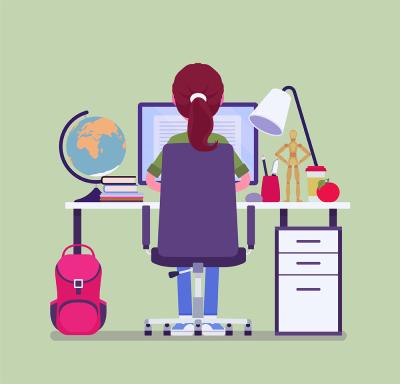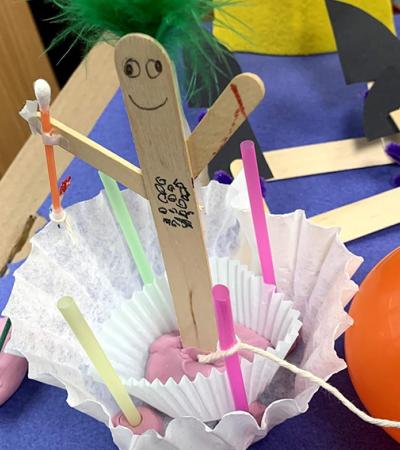If you've been on social media lately, you may have seen lists of educational resources offered for free or at minimal cost during the COVID-19 pandemic. These lists can be overwhelming, and many resources may not meet your school district's privacy guidelines. And what happens when the free resources are not free anymore? Can your library support the purchase that your students and teachers have come to rely upon?
With so much uncertainty in the world, we can all find some comfort and security in the familiar. That applies to our programming tool as well. Some of our tried-and-true free resources — the ones we used before COVID and will hopefully use long after — are great for remote learning. Let's take a moment to revisit a few of our favorites.

EdPuzzle
EdPuzzle allows you to upload your own videos or search and use videos from familiar resources like YouTube, Khan Academy, TED and National Geographic. The video you are using for your lesson can be trimmed down to the essential content, and you can record an audio track for the video to teach a concept. If you don’t need full audio narration, you can leave voice comments or insert questions to check for understanding at specific points.
EdPuzzle reinforces accountability, letting you know how many times a student visited each section and how much time they spent watching. New to EdPuzzle? They offer easy, self-paced online professional development and student certificates, including one on digital citizenship and using the internet responsibly.
Flipgrid
With Flipgrid, librarians and teachers can record instructions and give prompts, and students can respond via video. There are many safety features, including the ability to roster classes and moderate videos prior to viewing by the class. Librarians can collaborate with teachers to have students share what books they are reading or summarize their work.
Flipgrid's video scavenger hunt feature, Fliphunt, can be an engaging way to get your students learning and moving. Why not have students record their thoughts about being stuck at home as a video diary of their pandemic and distance learning? What a great primary source activity! The student videos become the primary source.
Remind
Remind is a free platform for educators that allows communication about assignments and class information to be delivered to students, parents and stakeholders via an auto-generated text message or email. Remind allows the school librarian to send out information without having to use their personal phone number.
We’ve never met a teen without their cell phone at their fingertips, so your messages will likely be received! And the platform allows attachments, which is great if you want to make sure students have a resource at their fingertips.
Teens not your target audience? Remind is great for parents as well. You can send programming reminders about online story time or other events that they can attend virtually with their child. With all that is going on, even though we are at home, we can still use reminders.
Wonderopolis
Wonderopolis can spark some great programming ideas. The site offers a daily intriguing question, called the “Wonder of the Day,” and is a great way to share how wonderful learning can be for just the sake of learning. Topics range from an article explaining COVID-19 to exploring what the Kentucky meat shower was and when it took place. Curious?
PowerPoint or Google Slides
If your district or library offers Microsoft, PowerPoint is a great option for creating online programming. We’ve heard it over and over: “death by PowerPoint.” But we’re here to tell you that the new features are not like the PowerPoint of yesterday. From live slide captioning to the ability to record narration and video and export as a movie, PowerPoint is a powerful teaching tool. Need to do a quick screencast? With new features, you can record your screen outside of your slides.
Great ideas for using PowerPoint for programming: Record a slideshow of accessing your district's databases and export it to your learning management system. Working in a public library? Use the "export as a movie" feature and share navigation of your library’s website to YouTube. With the live captioning that happens as you record, it’s easier than ever to ensure your PowerPoints are accessible to all. Google Slides offer many of the same features as PowerPoint.
Google or Microsoft Forms
These productivity tools are an easy way to assess or just check in with your students or staff just like you would in person. Insert questions such as: How are you feeling today? Do you need help with this assignment? Challenges?
What resources are you currently finding to be the most helpful as you navigate this new normal?



